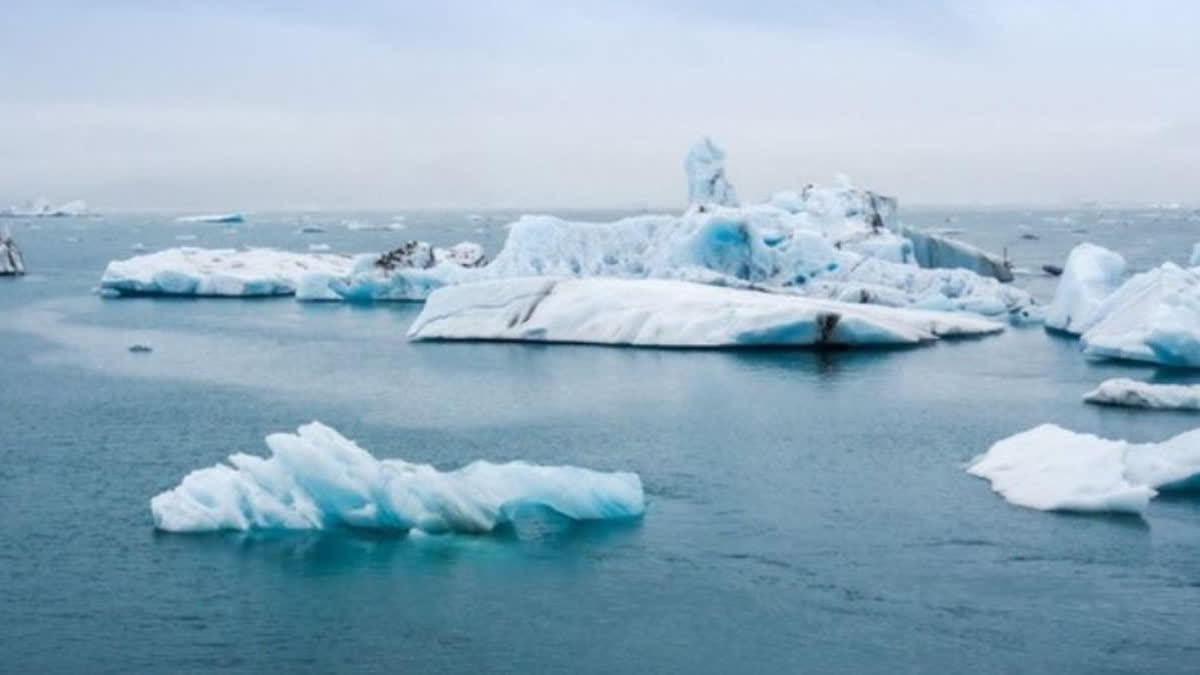Newcastle: The rate at which the warming Southern Ocean melts the West Antarctic ice sheet will speed up rapidly over the course of this century, regardless of how much emissions fall in coming decades, our new research suggests. This ocean-driven melting is expected to increase sea-level rise, with consequences for coastal communities around the world.
The Antarctic ice sheet, the world's largest volume of land-based ice, is a system of interconnected glaciers comprised of snowfall that remains year-round. Coastal ice shelves are the floating edges of this ice sheet which stabilise the glaciers behind them. The ocean melts these ice shelves from below, and if melting increases and an ice shelf thins, the speed at which these glaciers discharge fresh water into the ocean increases too and sea levels rise.
In West Antarctica, particularly the Amundsen Sea, this process has been underway for decades. Ice shelves are thinning, glaciers are flowing faster towards the ocean and the ice sheet is shrinking. While ocean temperature measurements in this region are limited, modelling suggests it may have warmed as a result of climate change.
We chose to model the Amundsen Sea because it is the most vulnerable sector of the ice sheet. We used a regional ocean model to find out how ice-shelf melting will change here between now and 2100. How much melting can be prevented by reducing carbon emissions and slowing the rate of climate change and how much is now unavoidable, no matter what we do?
Rapid change is locked in
We used the UK's national supercomputer ARCHER2 to run many different simulations of the 21st century, totalling over 4,000 years of ocean warming and ice-shelf melting in the Amundsen Sea.
We considered different trajectories for fossil fuel burning, from the best-case scenario where global warming is limited to 1.5C in line with the Paris Agreement, to the worst, in which coal, oil and gas use is uncontrolled. We also considered the influence of natural variations in the climate, such as the timing of events such as El Nio.
The results are worrying. In all simulations there is a rapid increase over the course of this century in the rate of ocean warming and ice-shelf melting. Even the best-case scenario in which warming halts at 1.5C, something that is considered ambitious by many experts, entails a threefold increase in the historical rate of warming and melting.
What's more, there is little to no difference between the scenarios up to 2045. Ocean warming and ice-shelf melting in the 1.5C scenario is statistically the same as in a mid-range scenario, which is closer to what existing pledges to reduce fossil fuel use over the coming decades would produce.
The worst-case scenario shows more melting than the others, but only from around mid-century onwards, and many experts think this amount of future fossil fuel burning is unrealistic anyway.
The results imply that we are now committed to rapid ocean warming in the Amundsen Sea until at least 2100, regardless of international policies on fossil fuels.
